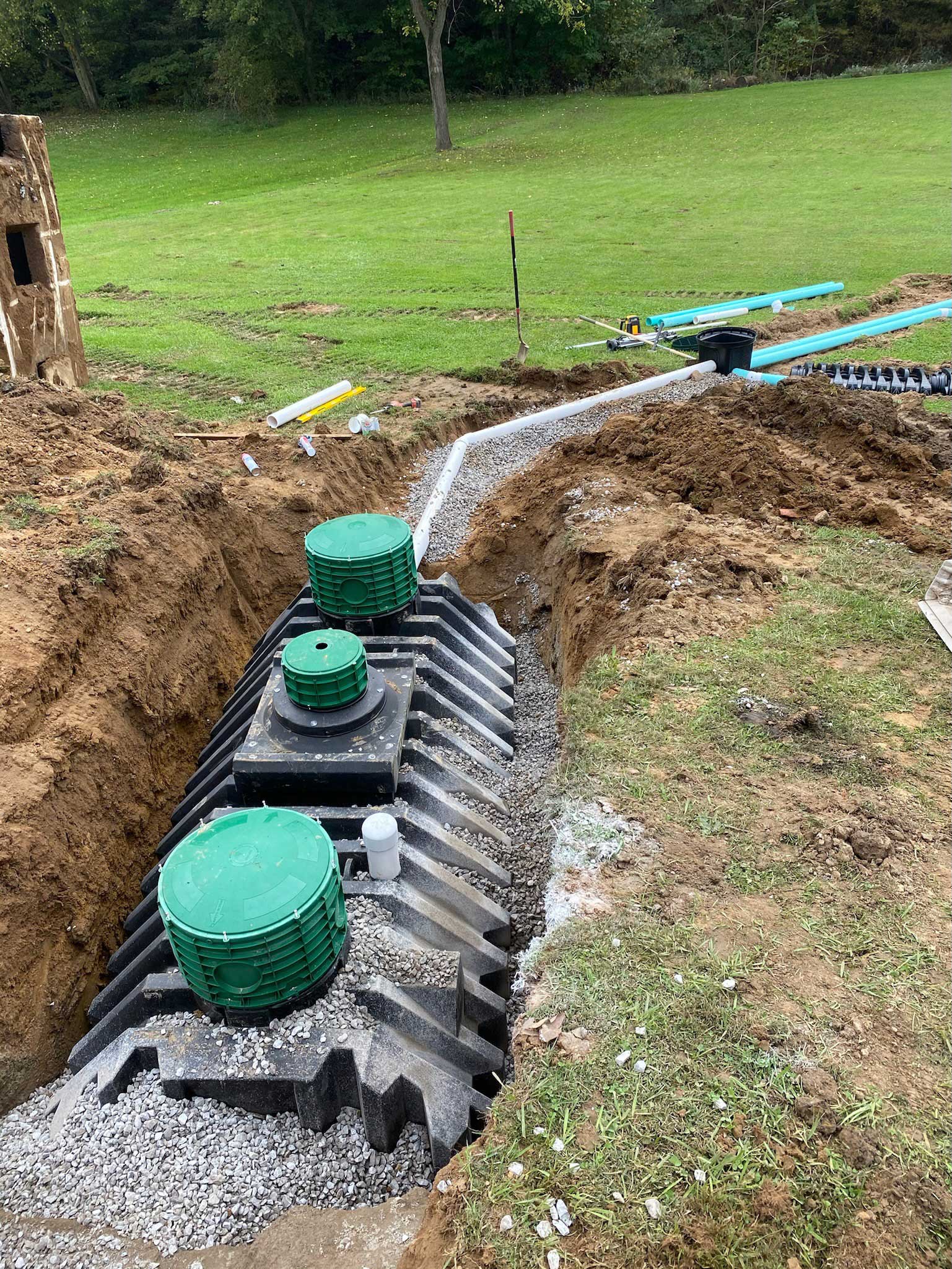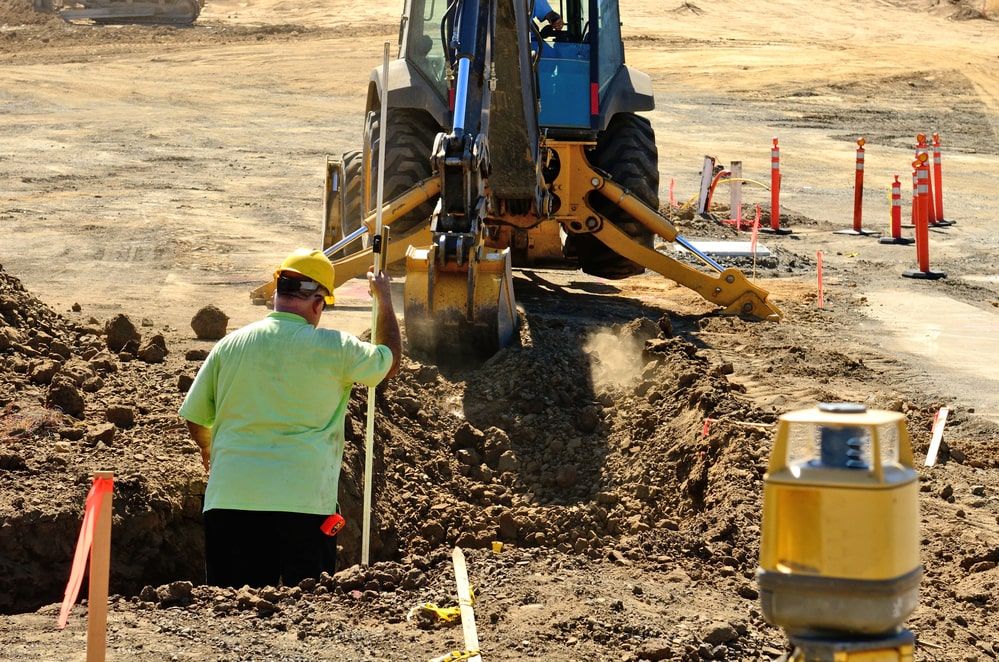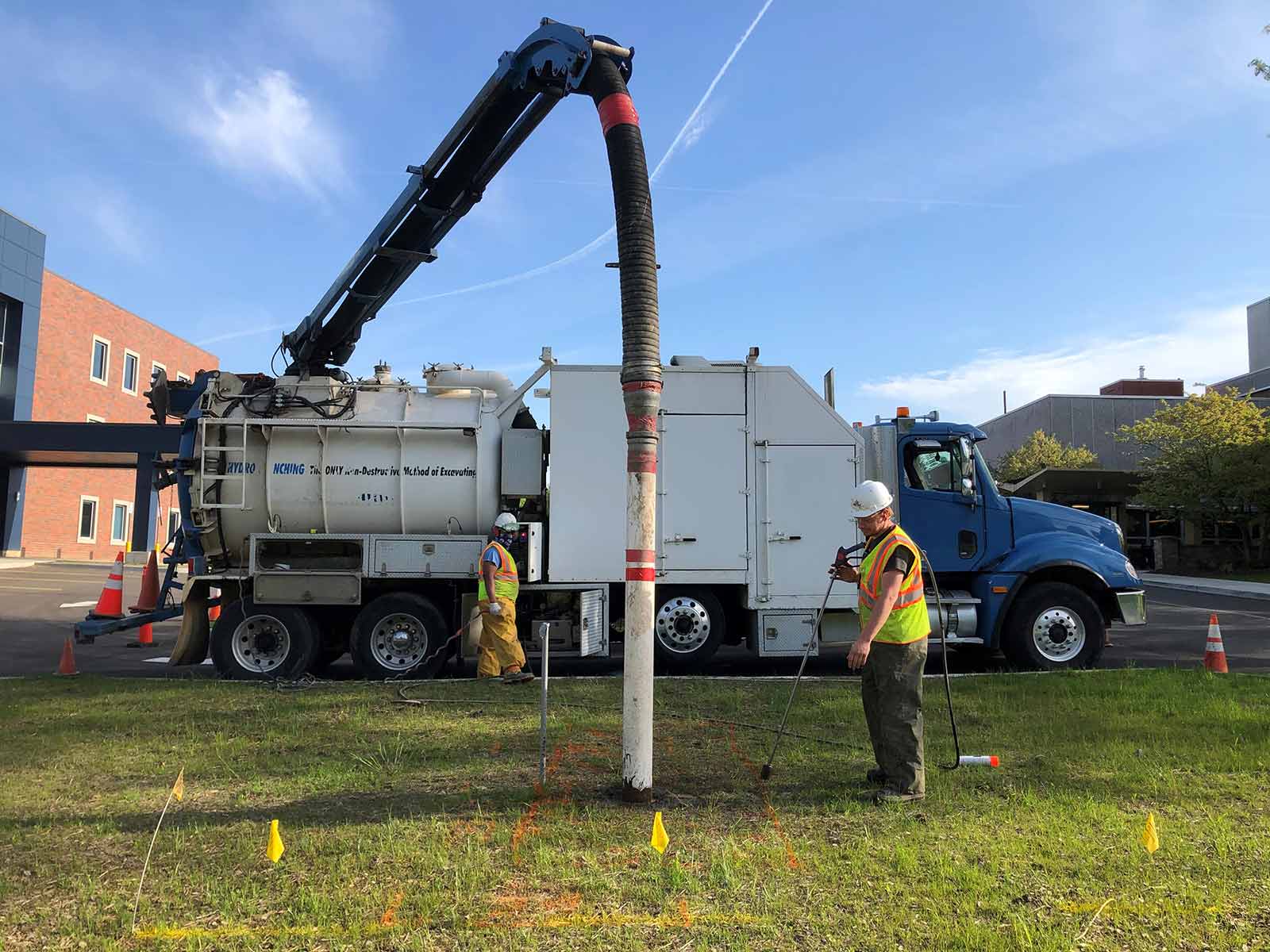Unveiling the Art of Excavation: Pro Tips for Safe and Efficient Excavating
In the world of excavation, the mastery of effective and safe excavating is an art kind that requires understanding, precision, and adherence to well established techniques. As soil is transformed and earth is relocated, the details of excavation reveal themselves, demanding a keen understanding of devices, dirt composition, safety and security methods, and ecological considerations. The know-how required to browse these elements properly can indicate the difference in between an effective excavation task and a potential calamity. By unraveling the layers of this detailed procedure, a globe of understandings and approaches awaits those seeking to raise their excavation abilities to new heights.
Relevance of Proper Tools
To ensure the safety and performance of any kind of excavation task, utilizing the proper tools is paramount. Excavation projects vary in scope and intricacy, ranging from small residential landscape design work to large building and construction undertakings.
Excavators are fundamental pieces of machinery in any kind of excavating operation. These flexible devices been available in different dimensions to match different task needs. Small excavators are suitable for smaller tasks, while bigger excavators tackle much more substantial projects efficiently. Backhoes are another essential equipment kind, combining the functions of a loader and an excavator in one device. They are beneficial for jobs calling for convenience and maneuverability.
In addition to excavators, various other important equipment includes dump excavators, plates, and vehicles. Dump vehicles are vital for getting rid of and delivering excavated materials, while trenchers are used for excavating deep and slim trenches. Excavators stand out in tasks that require pressing huge amounts of soil or particles. By buying the appropriate tools, excavation projects can be completed securely, in a timely manner, and with precision.
Comprehending Soil Composition
A thorough grasp of dirt composition is basic for performing excavation tasks with accuracy and safety. Understanding the different types of dirt is crucial as it directly influences excavation methods, devices choice, and total job performance. Dirt make-up generally contains 4 primary parts: sand, silt, clay, and organic matter. Each element has unique properties that affect just how soil reacts to excavation procedures.
Sand bits are the largest and offer good drain however supply little communication. Silt fragments are smaller than sand yet bigger than clay, supplying modest drainage and cohesion. Clay fragments are the smallest and provide high communication yet poor water drainage. Organic matter, such as decomposing plant material, affects dirt fertility and security.
Before beginning excavation, performing soil tests to establish its composition and characteristics is necessary. This info assists in selecting the appropriate devices, executing precaution, and creating excavation methods customized to the certain soil conditions - lancaster trenching. By comprehending dirt make-up, excavation professionals can enhance task outcomes while ensuring security and adherence to best techniques
Safety Actions and Protocols
Recognizing soil make-up is the keystone upon which precaution and methods for excavation jobs are constructed, guaranteeing the wellness of workers and the success of the endeavor. There are numerous vital measures that must be implemented to reduce risks and avoid crashes. when it comes to safety throughout excavation.
First and foremost, prior to any type of excavating begins, a detailed assessment of the site should be performed to recognize any type of prospective hazards such as below ground utilities, unsteady dirt problems, or close-by structures that can pose a danger. It is essential to have an experienced person oversee the excavation process to ensure that all security procedures are adhered to strictly.
Moreover, all employees associated with the excavation has to be effectively educated in secure excavating practices and the proper operation of devices. Individual protective equipment (PPE) such as difficult hats, high presence garments, handwear covers, and safety and security boots must be used in all times to reduce the threat of injuries. excavating ohio. Normal security meetings and tool kit talks ought to additionally be conducted to keep all workers educated concerning potential threats and strengthen safe work practices. By adhering to these precaution and protocols, excavation jobs can be finished efficiently and without case.
Reliable Excavation Preparation
When beginning on an excavation job, thorough preparation is important to make certain performance, security, and successful results. Effective excavation planning involves a number of crucial steps that are critical for the smooth implementation of the job. The initial step is to perform a comprehensive site assessment to determine any kind of potential threats, such as underground energies or unpredictable dirt conditions. This information is important for developing a comprehensive excavation plan that includes security measures and risk reduction methods.
Once the website evaluation is total, the following action is to create a clear timeline and schedule for the excavation activities. This consists of identifying the series of tasks, devices demands, and workforce allocation. Proper scheduling helps stay clear of hold-ups and makes certain that the project stays on track.

Furthermore, interaction among all group participants is paramount throughout the preparation phase. Clear instructions, regular updates, and efficient sychronisation are necessary for a successful excavation job. By investing effort and time these details in meticulous planning, excavation groups can significantly enhance productivity, lessen risks, and attain successful results.

Managing Environmental Considerations
With increasing focus on ecological sustainability in construction practices, taking care of ecological considerations has actually come to be a crucial aspect of excavation tasks. Excavation activities have the prospective to influence the surrounding environment through soil disintegration, debris overflow, environment interruption, and contamination of water resources. article To mitigate these threats, it is vital to implement ideal practices that focus on ecological security.

Moreover, correct waste monitoring is important to avoid soil and water contamination. Carrying out treatments for the disposal of dangerous materials, recycling of waste materials, and lessening using damaging chemicals can significantly decrease the environmental impact of excavation tasks. By integrating these practices right into excavation preparation and implementation, building and construction firms can make sure that their jobs are not only safe and efficient but additionally ecologically liable.
Final Thought
To conclude, grasping the art of excavation requires a complete understanding of proper Check This Out equipment, dirt structure, precaution, and efficient planning. By adhering to these guidelines and taking into consideration environmental aspects, excavations can be carried out securely and effectively. It is critical to focus on safety and security and performance in every excavating task to ensure effective end results.
As soil is transformed and planet is relocated, the ins and outs of excavation disclose themselves, requiring an eager understanding of tools, soil make-up, security methods, and ecological considerations.To make sure the safety and security and effectiveness of any type of excavation job, utilizing the ideal devices is vital.A comprehensive grasp of dirt structure is essential for executing excavation tasks with precision and safety. Comprehending the different kinds of dirt is crucial as it directly influences excavation techniques, tools selection, and total project effectiveness. By recognizing dirt make-up, excavation professionals can improve job results while guaranteeing security and adherence to ideal practices.